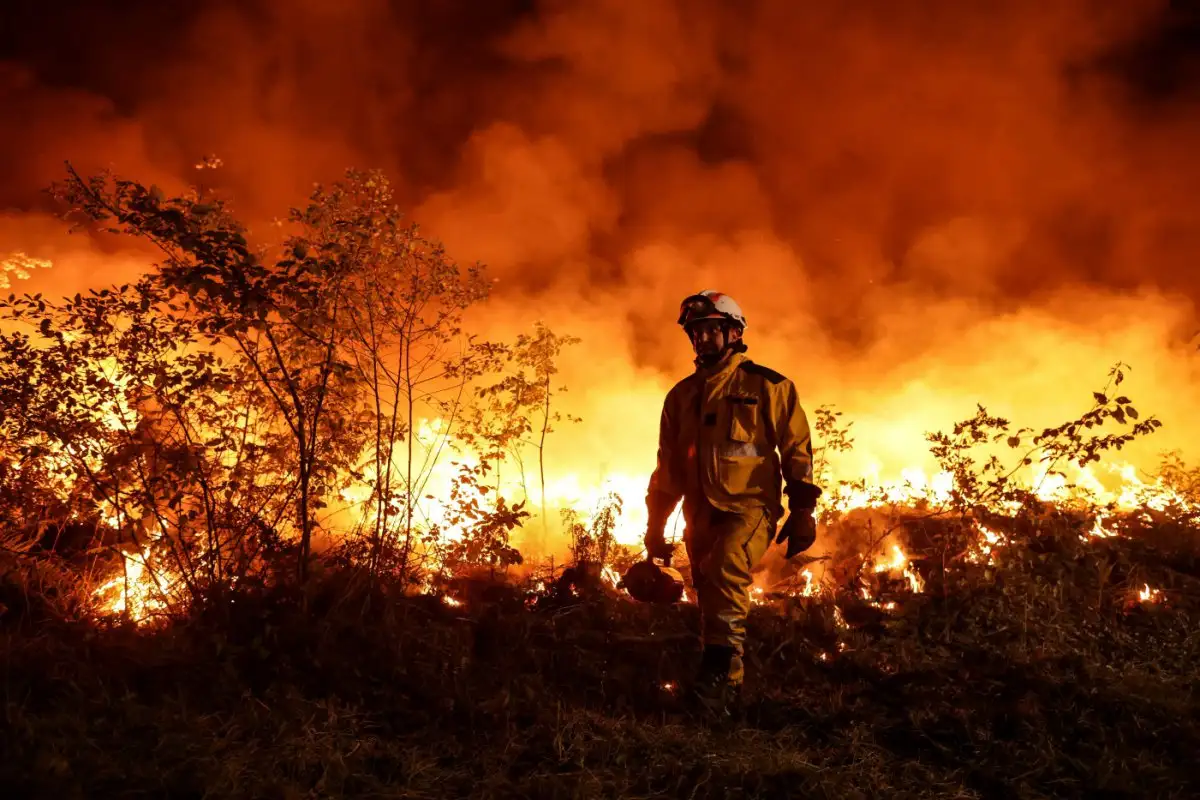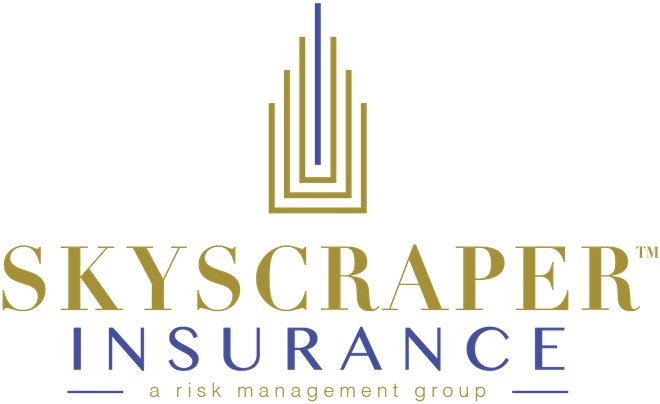In the realm of modern architecture, skyscrapers have captured our imaginations, symbolizing progress, innovation, and urban dynamism. However, the recent surge in wildfires has reminded us that even these towering giants are not immune to the forces of nature. As a dedicated Skyscraper Insurance agency/broker, we’re stepping up to address this evolving challenge and provide a comprehensive perspective on how we’re adapting to safeguard these urban icons.
A Changing Landscape: Wildfires and Skyscrapers
Wildfires, once thought of as primarily a rural issue, have now encroached upon urban landscapes with increasing frequency and ferocity. These unpredictable blazes pose a unique challenge to skyscrapers, whose verticality and complex structures create distinct vulnerabilities in the face of wildfire threats.
Reimagining Skyscraper Insurance: Our Approach
As leaders in the field of Skyscraper Insurance, we recognize the imperative of adapting to the changing risk landscape. Our response to the growing threat of wildfires involves a multi-faceted approach aimed at not only mitigating potential damages but also fostering resilience within the communities we serve.
Tailored Coverage Solutions
Our first step towards addressing this challenge has been the development of tailored coverage solutions specifically designed for skyscrapers at risk of wildfire exposure. This includes:
- Wildfire-Resistant Materials Incentives: We’re working closely with property owners and developers to incentivize the use of innovative fire-resistant building materials and construction techniques, reducing the susceptibility of skyscrapers to fire-related damages.
- Advanced Risk Assessment: Our team of experts leverages advanced risk assessment models that incorporate data on fire patterns, climate trends, and urban geography to provide precise coverage recommendations based on a building’s unique circumstances.
- Business Continuity Protection: Recognizing that skyscrapers are not only architectural achievements but also economic hubs, our policies now extend coverage to address potential business interruptions caused by wildfire-related events.
- Flexible and Adaptive Policies: In an era of changing environmental dynamics, our insurance policies are designed to be flexible and adaptive, ensuring that skyscraper owners and developers remain protected against emerging threats.
Educating and Collaborating for Resilience
Beyond tailored insurance solutions, we believe in the power of education and collaboration to foster resilience within the urban landscape. Our Skyscraper Insurance agency/broker works closely with architects, urban planners, local authorities, and wildfire experts to implement proactive measures, including:
- Fire-Resilient Urban Planning: Collaborating with urban planners, we’re advocating for the creation of defensible spaces around skyscrapers, integrating green spaces and fire breaks to mitigate the risk of wildfire spread.
- Cutting-Edge Fire Detection Systems: Partnering with technology providers, we’re championing the adoption of advanced fire detection and suppression systems, ensuring that skyscrapers have the tools to detect and respond to fire threats swiftly.
- Community Engagement: We’re actively engaging with local communities to raise awareness about wildfire risks and promote fire safety practices, ensuring that everyone plays a role in mitigating these threats.
Conclusion
As the skyline of our cities evolves, so must our approach to protecting it. At our Skyscraper Insurance agency/broker, we’re committed to not only offering comprehensive coverage against wildfire risks but also fostering a culture of resilience within the urban landscape. By tailoring our solutions, embracing innovation, and fostering collaboration, we aim to ensure that skyscrapers remain symbols of progress and inspiration, standing tall against even the fiercest forces of nature.




